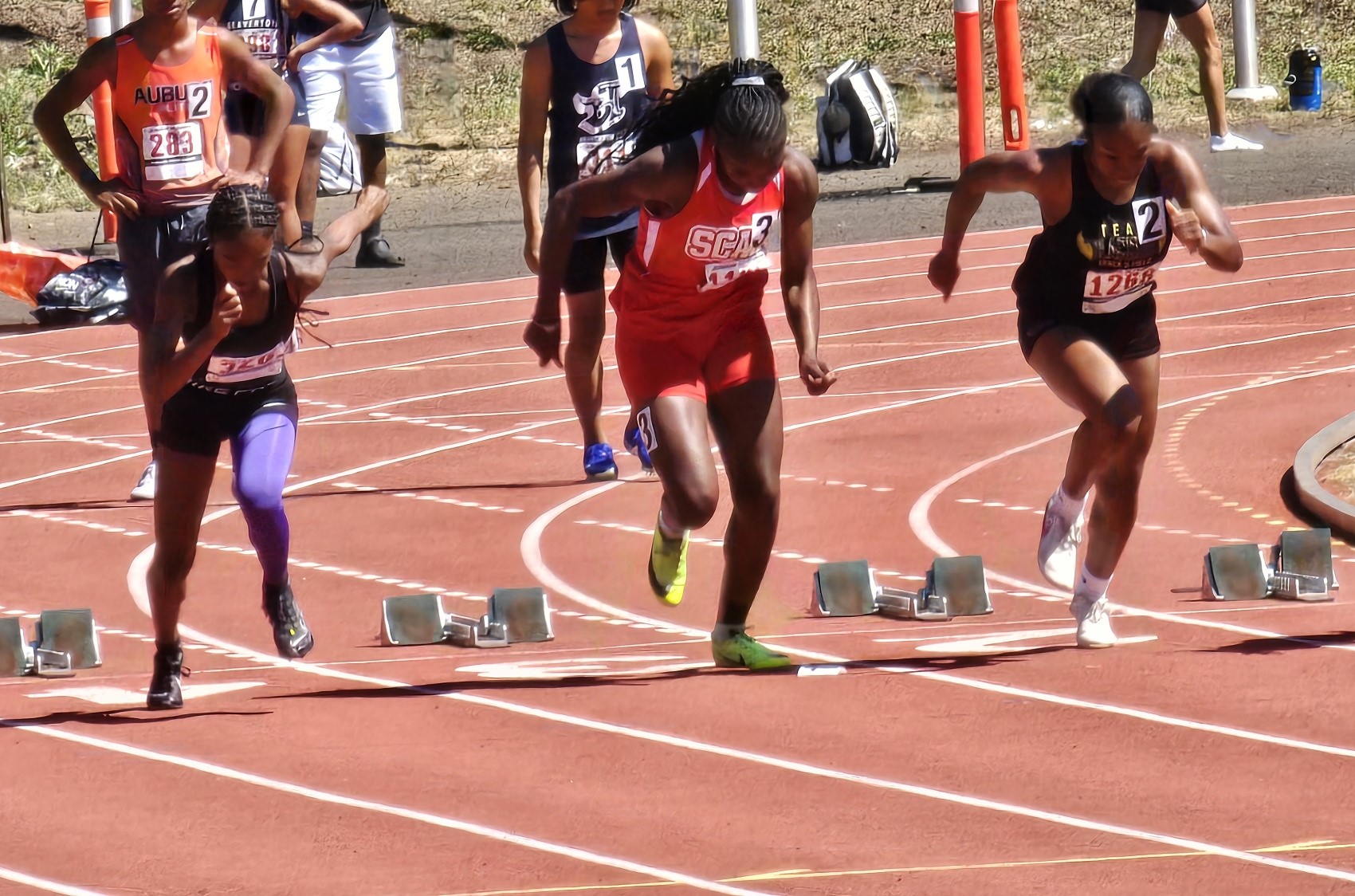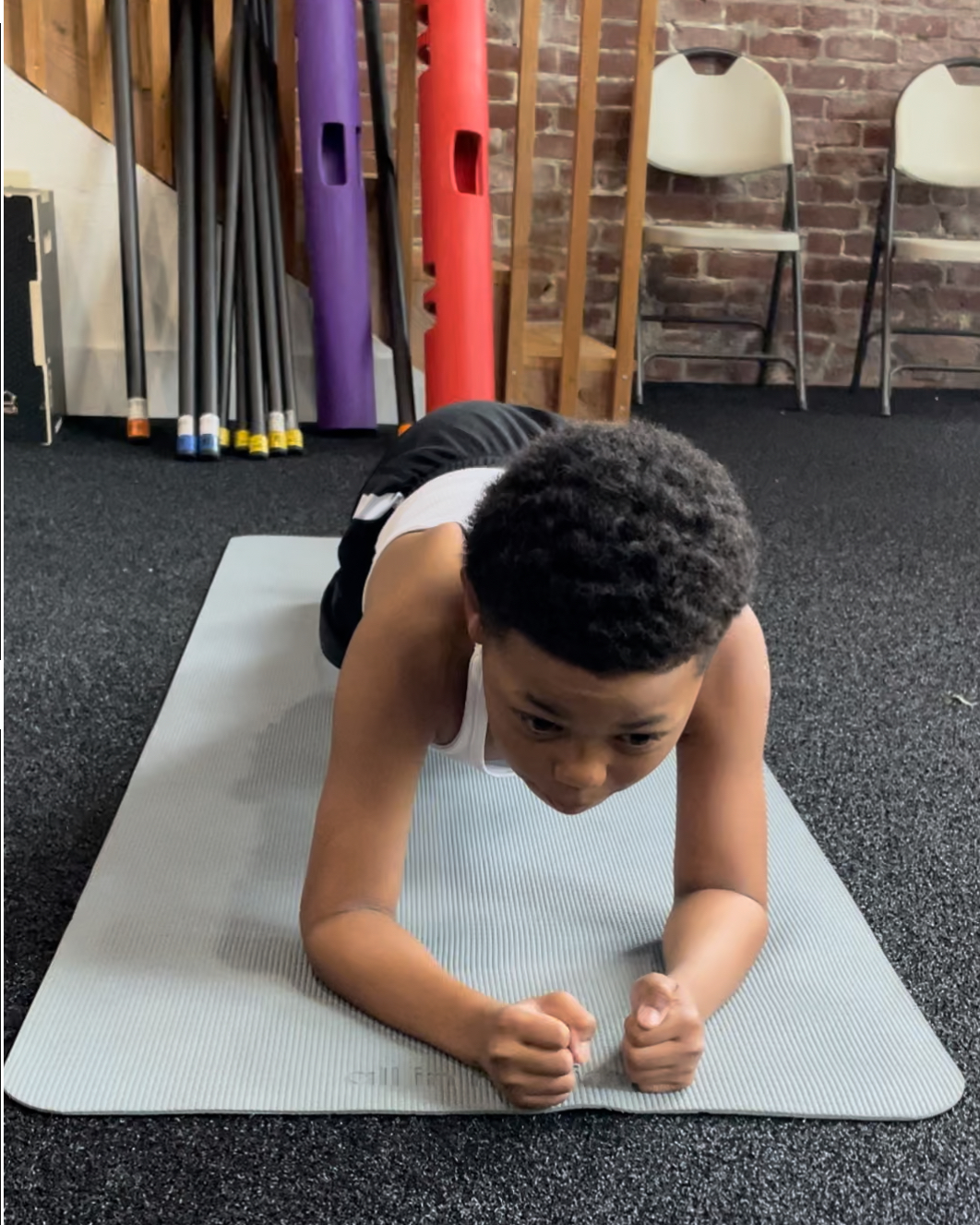Speed is often the difference between good and great in the world of sports. Whether it’s sprinting down the field in soccer, racing to the basket in basketball, or beating a defender to the end zone in football, speed is a critical component of athletic success. At Black Star Athletic Academy, we believe that speed isn’t just a natural talent—it’s a skill that can be developed, refined, and optimized through targeted training.
Why Speed Matters in Youth Sports
Speed is a foundational athletic skill that transcends individual sports. It’s not just about running faster; speed enhances overall athleticism by improving reaction time, agility, and explosiveness. For youth athletes, developing speed early in their athletic career can provide a significant advantage across multiple sports disciplines.
1. Enhanced Performance Across Sports: In nearly every sport, speed is a key factor in performance. A faster athlete is often more competitive, able to execute plays more effectively, and can recover quicker during intense gameplay. This versatility makes speed training valuable for any young athlete, regardless of their sport of choice.
2. Competitive Edge: Speed can often be the deciding factor in competitive sports. Athletes who can accelerate quickly, change direction rapidly, and maintain top-end speed under pressure are more likely to excel in high-stakes situations, giving them an edge over their competitors.
3. Injury Prevention: Proper speed training focuses on mechanics, coordination, and control, which are essential for preventing injuries. By teaching youth athletes how to move efficiently and safely, we reduce the risk of common sports injuries, such as strains and sprains.
The Components of Speed Training
Speed is a multifaceted skill that involves more than just running fast. Effective speed training for youth athletes incorporates various elements to build a well-rounded, explosive athlete. At Black Star Athletic Academy, our approach to speed development includes the following components:
1. Acceleration: The ability to reach top speed quickly is crucial in most sports scenarios. We focus on drills that enhance an athlete’s ability to explode off the mark, improving their start speed and helping them reach their maximum velocity faster.
2. Top-End Speed: Once an athlete has accelerated, maintaining that speed is the next challenge. We work on increasing an athlete’s stride length and frequency, ensuring they can sustain high speeds over longer distances without losing form.
3. Agility and Quickness: Speed isn’t just about running in a straight line. Sports often require rapid changes in direction, quick stops, and explosive starts. Our agility drills help athletes develop the quickness and coordination needed to navigate these demands with ease.
4. Speed Endurance: Maintaining speed over the course of a game is just as important as being fast. We incorporate conditioning elements that allow athletes to sustain their speed throughout the entire duration of their sport, helping them stay competitive from start to finish.
5. Strength Training: Speed is closely tied to an athlete’s strength, particularly in the lower body. Our training programs include strength exercises that target the key muscle groups involved in sprinting and explosive movements, such as the glutes, hamstrings, and calves.
How Parents Can Support Speed Development
As a parent, you play a crucial role in your child’s athletic development. Supporting their speed training involves more than just signing them up for programs; it’s about fostering a positive environment that encourages growth and consistency.
1. Encourage Consistency: Speed development takes time and consistent effort. Encourage your child to stick with their training regimen, even when progress feels slow. Consistency is key to long-term success.
2. Focus on Technique: Help your child understand the importance of proper technique in speed training. Speed isn’t just about effort; it’s about efficiency. Proper mechanics will not only make them faster but also reduce their risk of injury.
3. Provide Proper Nutrition: Speed training is physically demanding, and young athletes need the right fuel to perform at their best. Ensure your child is eating a balanced diet rich in protein, complex carbohydrates, and healthy fats to support their training and recovery.
4. Rest and Recovery: Speed training can be intense, so it’s important to balance hard work with adequate rest. Encourage your child to listen to their body, prioritize sleep, and incorporate active recovery techniques, such as stretching and foam rolling.
The Black Star Athletic Academy Approach to Speed
At Black Star Athletic Academy, we understand that speed is a game-changer for youth athletes. Our training programs are designed to help young athletes develop speed in a safe, effective, and enjoyable environment. We combine cutting-edge techniques with personalized coaching to ensure that each athlete reaches their full potential.
Our philosophy goes beyond just making kids faster; we aim to build confident, well-rounded athletes who can excel in any sport. By focusing on both the physical and mental aspects of speed, we prepare our athletes not just for the challenges of sports, but for the challenges of life.
Conclusion
Speed is a critical component of athletic success, and it’s a skill that can be developed with the right training and support. For youth athletes, honing their speed early can open doors to greater opportunities in sports and beyond. At Black Star Athletic Academy, we are committed to helping young athletes unleash their full potential through targeted speed development programs.
If you’re ready to take your child’s athletic performance to the next level, we invite you to explore our speed training programs at Black Star Athletic Academy. Together, we can help your child build the speed, strength, and confidence they need to succeed in sports and life.
In today’s competitive sports environment, many young athletes are encouraged to participate in multiple sports year-round, with the belief that more playtime leads to better skills and greater success. However, this approach can often be counterproductive, leading to burnout, overuse injuries, and stunted athletic development. Instead, athletes should consider investing time in sports performance training to enhance their overall athletic abilities, reduce the risk of injury, and ultimately achieve higher levels of success in their chosen sports.
The Pitfalls of Playing Too Many Sports
While participating in various sports can develop a broad range of skills and keep young athletes engaged, it often comes with significant downsides. The most common issue is the lack of rest and recovery time. Continuous participation in multiple sports, often with overlapping seasons, leaves little room for the body to heal and strengthen. This increases the risk of overuse injuries, such as stress fractures, tendinitis, and muscle strains.
Additionally, playing multiple sports can lead to burnout. The constant pressure to perform, coupled with the physical and mental demands of juggling different sports, can cause young athletes to lose their passion for the game. Instead of improving, they may experience fatigue, reduced performance, and a lack of motivation.
The Benefits of Sports Performance Training
Sports performance training focuses on developing the foundational elements of athleticism, such as strength, speed, agility, and flexibility. By investing time in this type of training, athletes can enhance their performance in all sports, rather than just focusing on sport-specific skills.
1. Improved Athleticism: Performance training builds the physical qualities that are essential across all sports. Whether it’s the explosiveness needed for a basketball jump shot, the speed required to sprint down a soccer field, or the agility to change direction on a dime in football, sports performance training lays the groundwork for superior athleticism.
2. Injury Prevention: A well-rounded sports performance program includes exercises that strengthen the muscles, improve joint stability, and enhance flexibility. These components are crucial for reducing the risk of injuries that can occur from repetitive motion or sudden impacts in sports. By preparing the body to handle the physical demands of competition, athletes are less likely to suffer from setbacks that could derail their progress.
3. Long-Term Development: Focusing on performance training allows athletes to develop at a sustainable pace. Rather than peaking too early or plateauing due to overuse, they can steadily improve their athletic abilities. This long-term approach helps athletes build a strong foundation that supports continuous growth and success throughout their careers.
4. Mental and Physical Resilience: Performance training also strengthens the mental toughness required to push through challenges. The discipline and focus needed to complete rigorous training sessions translate to improved confidence and resilience in competition.
Conclusion
While playing multiple sports has its merits, athletes should prioritize sports performance training to maximize their potential. By focusing on building strength, speed, agility, and injury resistance, athletes can achieve higher levels of success in their chosen sports. Investing in performance training not only enhances athleticism but also supports long-term development and reduces the risk of burnout and injuries. For athletes looking to excel, the time spent in the gym or on specialized training will pay off far more than simply playing more games.


